All about caulking

The wooden frame has been used in construction for many centuries. Even now, despite the great competition, many people prefer to build houses, baths and outbuildings from this material. But in order for such a building to stand for a long time, you need to know how and with what to process wood after construction.
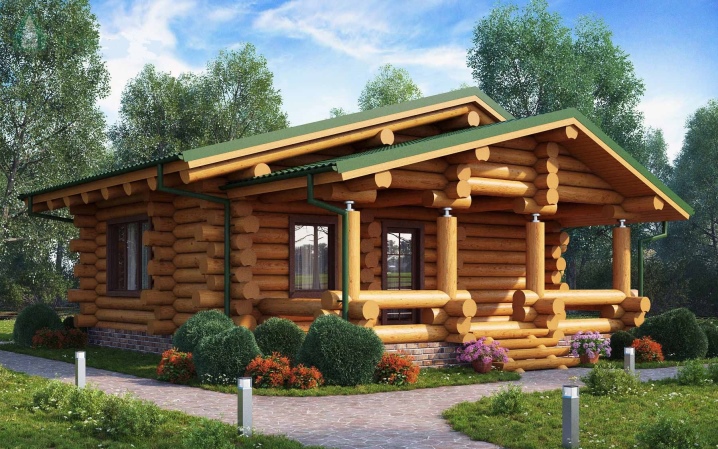
What it is?
Caulking is the process of processing log cabins. It is very important for a wooden house, because in the process the grooves between the logs are compacted. The procedure is needed not only to protect the room from cold and wind. There are several main reasons to caulk your home.
-
Thus, you can give the frame a more regular shape. This applies to caulking, which is not carried out immediately, but after a time when shrinkage occurs. In some cases, one part of the building in this case drops lower, and the house appears slightly skewed.
Caulking will help to align the walls, which is carried out a year or two after construction.

- Additional processing can protect the wood. It doesn't matter if the building is built of profiled or rounded timber, additional protection will not hurt.

- The room will be reliably insulated. To preserve heat in the house, it is necessary to caulk it not only immediately after construction, but also after a couple of years, when cracks form on the tree.
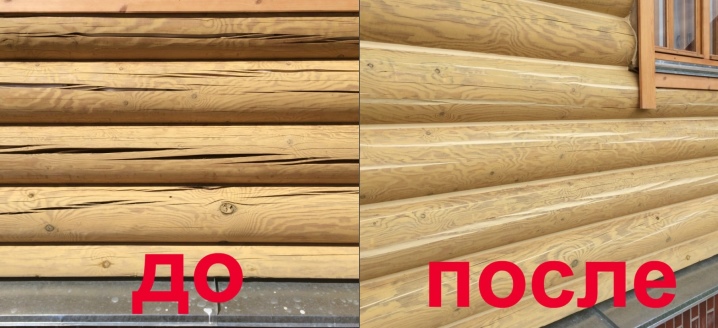
- This is one of the proven ways to decorate your home. Nowadays, antique-style buildings are popular. Therefore, the building sealed with special decorative ropes will become not only a cozy family nest, but also an excellent decoration of the site.
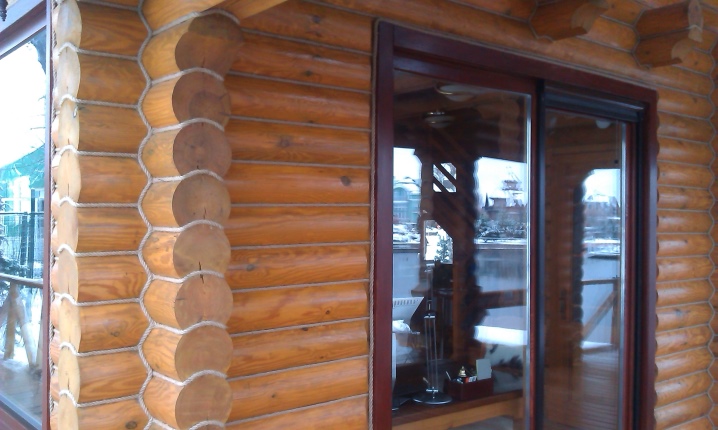
Summing up, we can say that the caulking of the lumber structure is very important. Therefore, it is worthwhile to understand what this process is in more detail.
Review of materials
When choosing materials for caulking, it must be borne in mind that they must all be:
-
immune to temperature changes;
-
airtight;
-
resistant to winds;
-
durable;
-
able to protect against small pests;
-
safe for the health of all inhabitants of the house.
Several materials fit all these requirements at once. Among them there are both proven over centuries and modern ones.

Moss
It is moss that has been used to insulate a house chopped from a bar for a long time. It has many advantages:
-
the material is natural, which means it is completely safe and environmentally friendly;
-
if you prepare it in advance, you will not have to spend a penny on caulking;
-
moss perfectly protects against the appearance of fungi and pests;
-
he is not afraid of temperature drops and high humidity;
-
it is a durable insulation that does not deteriorate over time.

Moss is best harvested in late autumn. At this time, it is cleaner and easier to find. But even so, it still requires careful processing. It must be completely cleaned of soil and small debris, and then dried.
It is worth remembering that you do not need to dry the moss too much, otherwise it will become dry and brittle. Such material will not last even a year.
Caulking the building with moss should be done very carefully. Otherwise, this natural insulation can be carried away by birds.
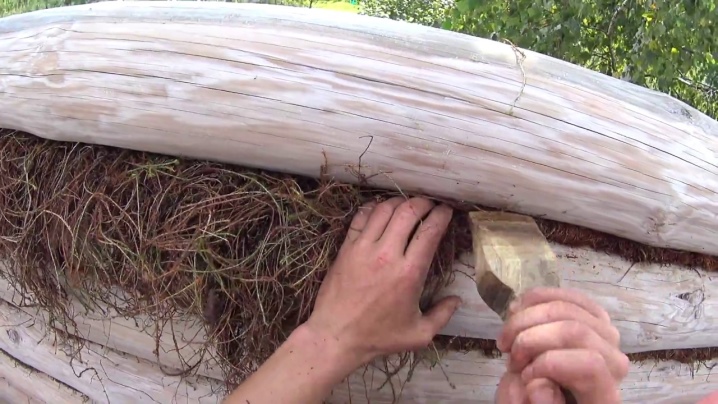
Tow
You also need to be very careful with this material for the same reason - the tow is easily pulled out by birds if it is used incorrectly. This natural insulation is made from waste flax fibers. In some cases, jute is used together with tow as additional protection and for decoration of the building.
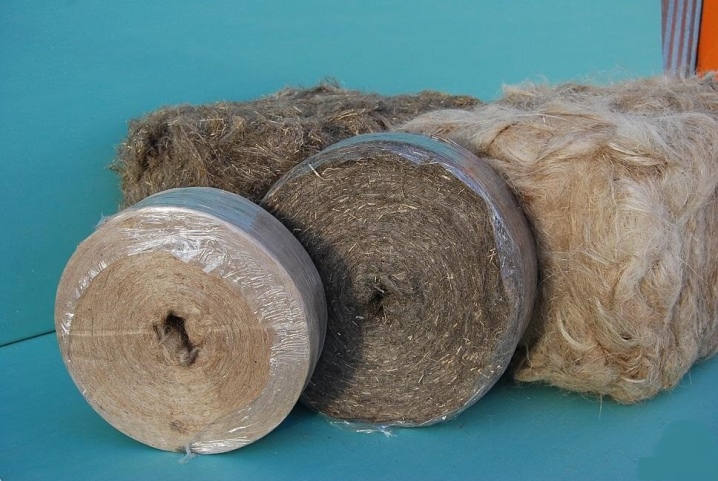
There are two types of tow: tape and bale. The second is practically not used for insulating houses, because it consists of short fibers and does not fit well into grooves. It is much easier to caulk a building with tape tow, but it also has its drawback. It drops out over time and the process has to be repeated again.
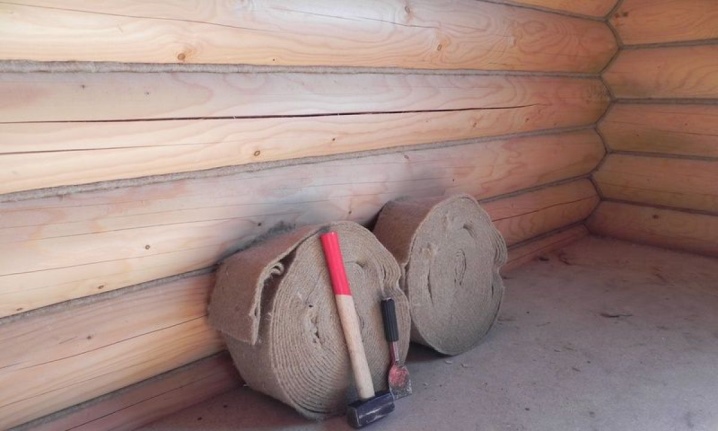
Jute
This material, which caulk corners and walls, is produced in Egypt and Asian countries. Plants of the malvaceous family are used to create it. Local birds are absolutely not interested in this material, so there is no need to be afraid that it will be taken away.
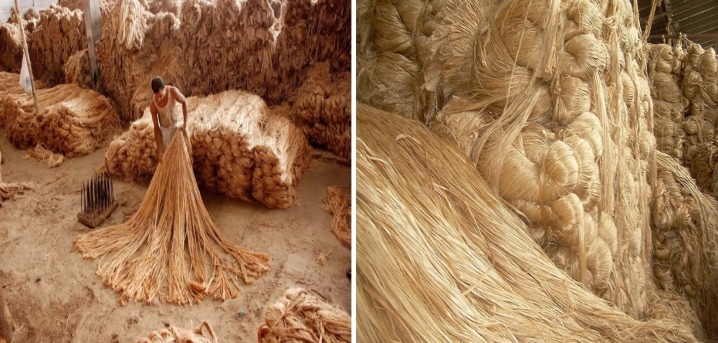
The advantages of jute include the fact that it is durable, strong and reliable. High-temperature rope is now produced in the form of ropes, cords and tapes. It is the latter that is most convenient to use for caulking.
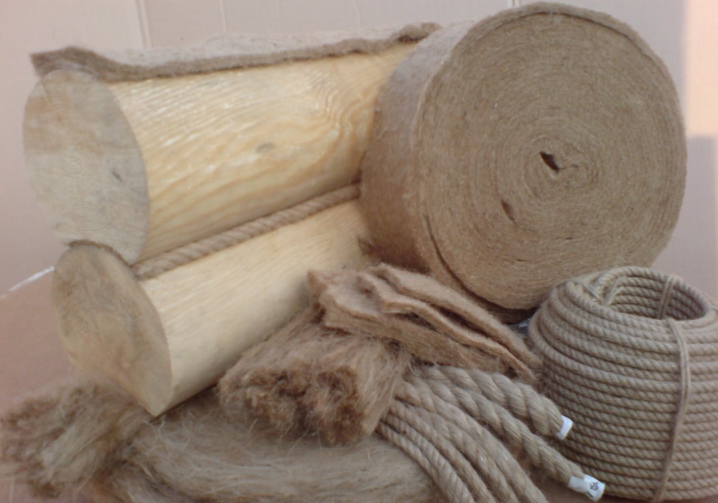
Flax
As the name implies, this material is made from natural flax. It is produced in the form of canvases, which can be immediately used to insulate buildings. It has a lot of advantages, because the material not only retains heat in the room, but does not yet rot and does not absorb water.
The only downside is that the material attracts insects. To get rid of them, you need to use additional protective equipment.

Sealants
For processing the seams of a felling of a tree, you can use not only the old-fashioned methods. There are a large number of modern materials that do an excellent job of this task.
It is most convenient to use modern sealants. They freeze for several days. But on the other hand, after the sealant has frozen, the house is no longer afraid of rains, snowfalls, or pests. The surface treated with this material only needs to be additionally cleaned. If desired, it is also decorated.
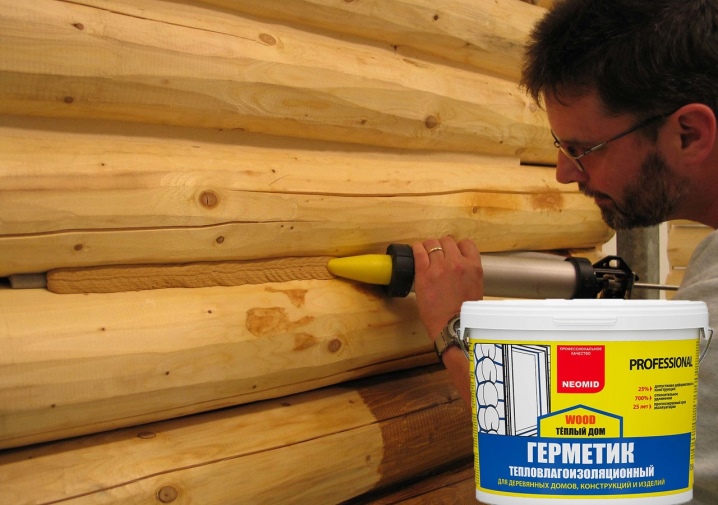
Artificial heaters
In addition to sealants, other insulation materials are also used. The most popular type is mineral wool. This group includes glass wool and mineral wool. These materials are environmentally friendly, but at the same time they can cause an allergic reaction among the inhabitants of the house. The advantage is that rodents do not start in rooms insulated in this way.

Many also use a material such as polyethylene foam to insulate their homes. It insulates the room well and does not let the cold through. But at the same time, he has significant drawbacks. The main one is that this material does not allow air to pass through. The use of polyethylene sometimes even causes wood to rot.
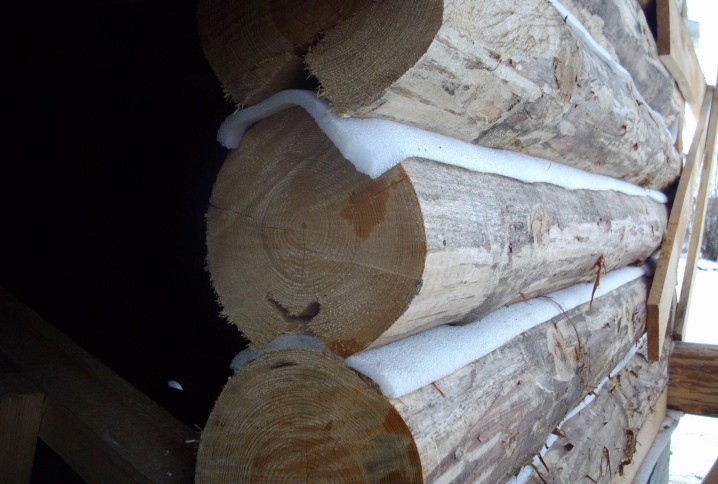
And also to insulate the space between the beams, insulation materials with open pores are used. One of the most popular is foam rubber. But this is not the most reliable way to protect a wooden building.
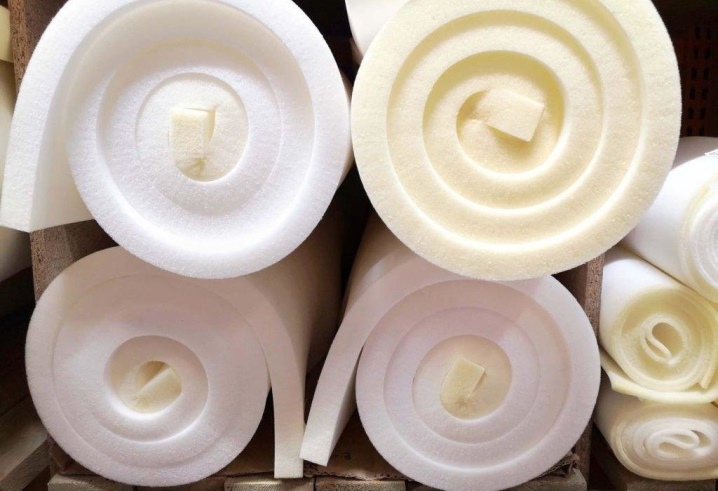
In general, it is best to use either good natural materials or quality sealants for caulking at home.
In this case, the work will not have to be redone, and the house will be reliably protected from the cold.
Description of species
There are two main types of caulking. In the first case, everything is done for the sake of insulating the building and protecting it from the negative effects of the external environment. In the second option, all efforts are made to decorate the house.
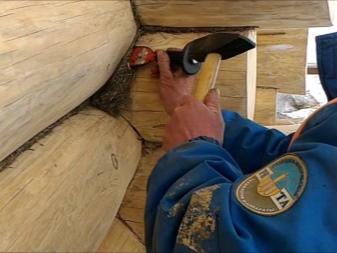
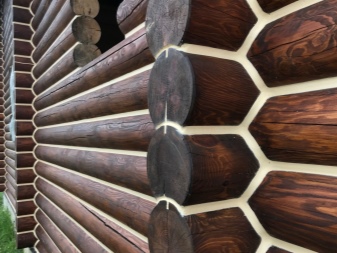
Caulking the house is necessary in three stages.
-
First, after the house was completed. The building is immediately insulated to survive the winter. After that, the building can be operated for about a year.
-
After a year, it should be checked for cracks or irregularities. Insulation material is added where it fell out. It is also used to solve the problem of shrinkage. Caulking can even out the walls and make the look of your home more attractive.
-
After several years of operation of the premises have passed, it is also checked and, if necessary, insulated. This allows you to live in such a house much longer than in one where such details are not paid attention to.
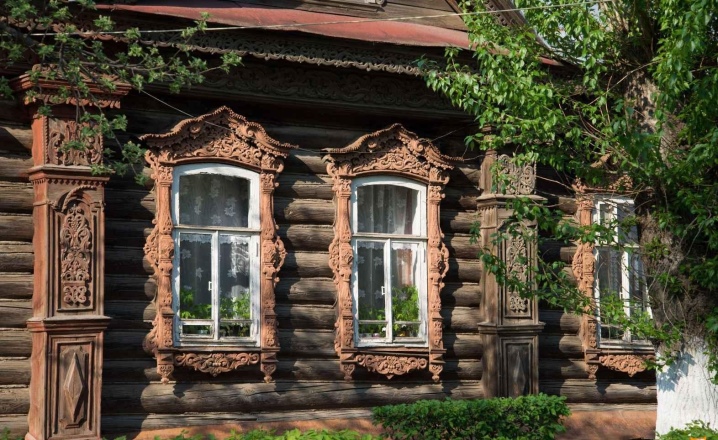
Decorative caulking is used to decorate already insulated seams. Linen, decorative ropes or jute rope are used in this case. For fixing decorative material, galvanized nails without heads are most often used. They are clogged at the same distance. It turns out that the material is well fixed, but at the same time the attachment points are completely invisible.
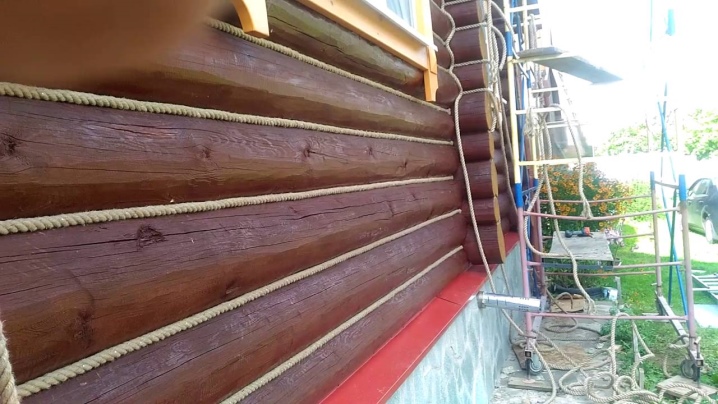
What tools are needed?
Various tools can now be used to insulate a house. Previously, improvised means were used. Wood house owners used chisel axes or simple pieces of wood to fill the cracks with insulation.
But now the construction of a wooden house is not cheap, and no one wants to spoil its appearance with a carelessly made caulk. In addition, mistakes at the stage of insulation also reduce its service life.
Therefore, tools, like materials, must be of high quality.

Cauliflower
This tool is most often made of steel. It is perfect for both primary and secondary caulking. It is easy for them to process both walls and corners of the room. A more modern version of this time-honored tool is the typewriter, also known as the electric machine. It is necessary to work with it very carefully, but the process of building insulation is much faster.
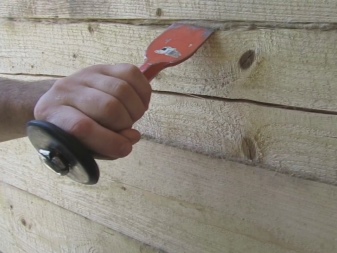
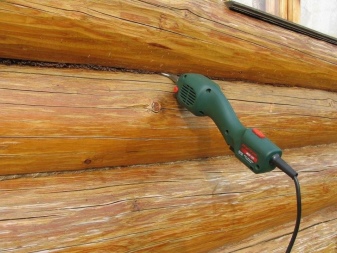
Mallet-mushel
This material is suitable for building insulation with jute or linen. The mushel gently clogs the material into the cracks and does not destroy the wooden base of the house.
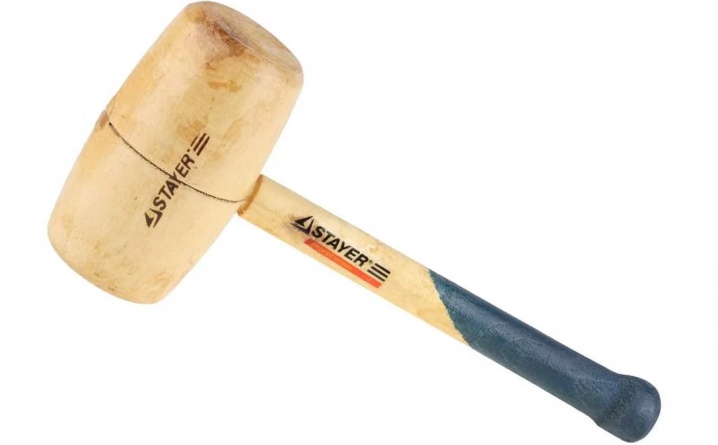
Perforator
A more modern caulking tool is the hammer drill. To accomplish this task, you need a tool with three modes of operation. For insulation with a perforator, a special nozzle in the form of a spatula is also required.

The required material is initially prepared and then positioned so that the ribbons or ropes are fixed in the cracks. Next, the hammer drill starts up in hammer mode. After 15 minutes in impact mode, it can be switched to drilling mode. And then let it idle for a minute or two. The process is repeated until all walls are insulated.
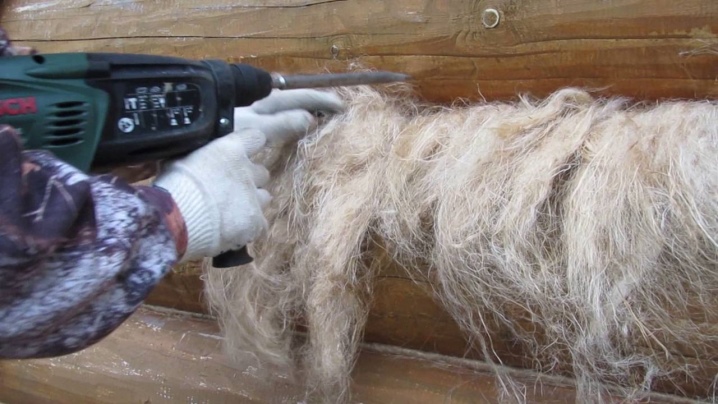
Technology
In order to properly caulk a house with your own hands, you need to know the features of the process and safety requirements.
There are two main methods of caulking.
Stretching
In order to qualitatively insulate the room in this way, the material must be carefully stretched along the log and one of its edges must be fixed. This is done using any of the available tools. The rest of the material is used to fill the grooves of the log house. This method works well for small crevices and gaps.

Into the set
If the gaps are large enough, more insulating material has to be used. For caulking in a set, jute, hemp rope or ordinary tow is usually used. In the process, a small amount of the used material is unwound and folded into neat loops. They fit into the seams, filling them completely. Loops are hammered starting from the top of the seam. Everything is leveled by the road builder. It is when caulking in a set that a perforator operating at a low speed is most often used.

In any case, special attention should be paid to the corners. They need to be caulked especially qualitatively, because it is through them that drafts most often enter the room. After finishing the work, everything must be checked to make sure that the building is reliably protected from the cold.

After completing the caulking of the house, the frame inside must be carefully sanded. For this, a special nylon brush is used. Outside, the wood can be left alone.
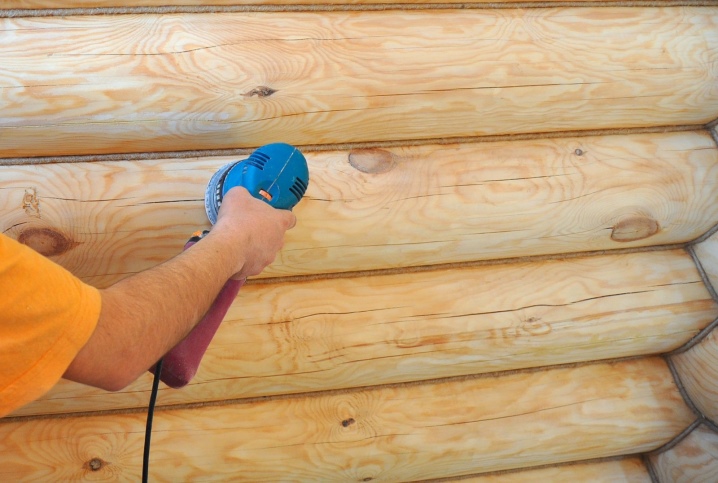
Summing up, we can say that Caulking is a very important procedure that allows you to protect a log building from the cold and make it more stable. She is able to save a wooden house even after it has shrunk on one side. Therefore, you should not neglect this process, considering it too old-fashioned.
How to caulk a log house correctly, see the next video.













The comment was sent successfully.